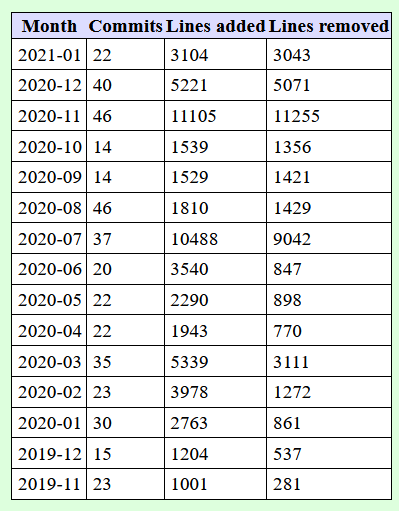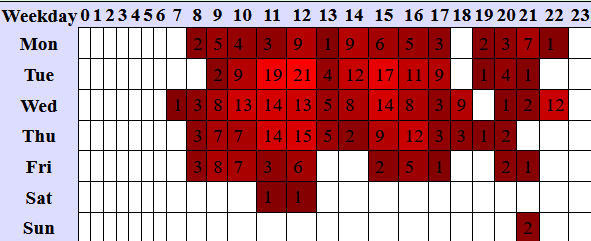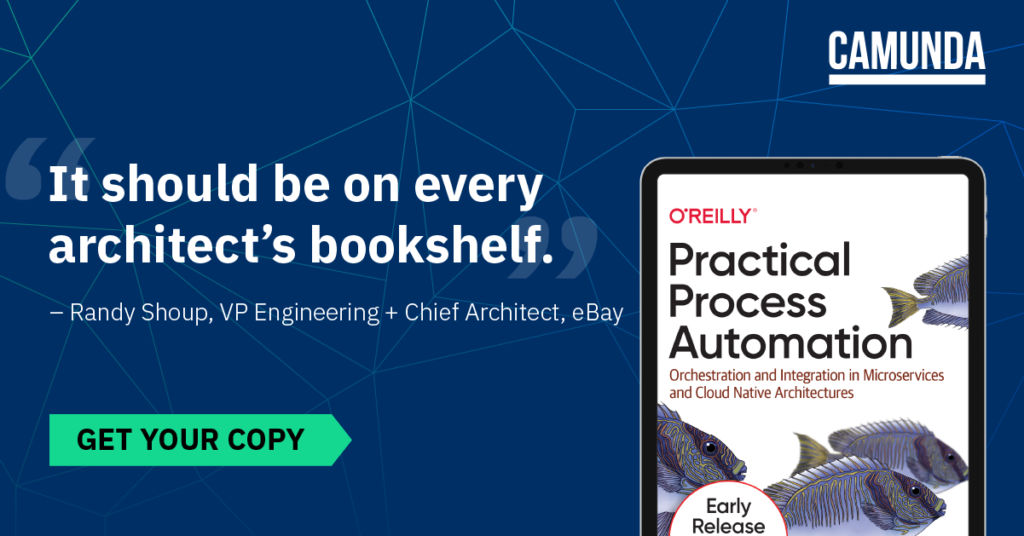A Book about Orchestration and Integration in Microservices and Cloud-Native Architectures
I am happy to share that my new book called “Practical Process Automation” is officially published by O’Reilly today. In this book, I distilled my practical experience implementing process automation solutions from the last two decades.
What You Will Find In The Book
- A general introduction to process automation and the different forms of automation
- An explanation of how developer-friendly process automation can be applied in modern system architectures and software development practices
- A hands-on guide to lightweight workflow engines and BPMN as the core elements to make this happen
- Architecture guidelines and best practices to implement your own process solutions
- A discussion of typical misconceptions around process automation and orchestration
- Information on how to balance orchestration and choreography in modern architectures
- Advice on how process automation can help you with challenges around distributed systems
- Information on how to design your adoption journey, from the very first grassroots initiative, over lighthouse projects to company-wide adoption with a center of excellence.
Who This Book is For?
This book targets software developers, software engineers, and software or system architects who want to learn about process automation.
Why You Should Read This Book
- Digital transformation is happening everywhere and automation a must.
- Many processes are tailor-made to an organization’s needs, as this allows them to differentiate from the competition. Therefore they cannot be addressed by off-the-shelf application software.
- Automating these processes is complex and requires software engineering, but with specific characteristics and requirements.
- You will need a developer-friendly way to automate processes, leveraging lightweight workflow engine technology. This is exactly what this book explains to you.
Some Praise
I am happy to have received super positive feedback so far, some of which I can even share with you here:
Weaving together ideas from microservices, event-driven systems, and Domain-Driven Design, this book describes when, why, and how to effectively leverage workflows within a modern software architecture. Taking a pragmatic practitioner’s approach, it uses real-world examples and explores the pros and cons of multiple alternative patterns in detail. It should be on every architect’s bookshelf.
Randy Shoup, VP Engineering and Chief Architect at eBay
Bernd has championed and delivered developer-friendly process automation tools for the best part of the last decade. Now, in this pragmatic new book, Bernd brings that wealth of experience to show how process automation models, methods, and tools can be applied to tame the complexity of microservices and cloud-native architectures which are becoming ever more prevalent in today’s technology landscape. I highly recommend this book for architects and developers who want to add process automation thinking to their design toolkit.
Richard Tarling, Digitization & Workflow Engineering Co-lead at Goldman Sachs
Process automation has often been viewed as the antithesis of modern, agile software development: snazzy “doodleware” demos that don’t scale to real use cases, poor testability, and version control only for the fortunate ones. No one better than Bernd to show us that this perception has little to do with workflow and process automation but merely with past implementations. Seeing process automation as an extension of well-established software development methods and architectures breathes a much welcome breeze of fresh air into the field.
Gregor Hohpe, author of Enterprise Integration Patterns and The Software Architect Elevator
How to Get It?
At this moment the book is available electronically only, the print version should be available within 2 or 3 weeks.
- Get This Book From O’Reilly as part of your O’Reilly subscription. You can also start a free 30 days trial
- Get Your Free Electronic Copy, as Camunda was so kind to sponsor that a free electronic copy is available.
The book should be available on Amazon and other book stores soon.
And Finally Some Useless Facts
A lot of blood, sweat, and tears went into this book. It was a project that took around two years to complete, from shaping the thoughts to the discussions with OReilly before actually writing anything. I thought you might be interested in some really useless facts around the book.
First of all let me describe the tech stack I used for writing, based on the OReilly Atlas stack with Git, Asciidoc, and some magic to produce the final artifacts. I used Visual Studio Code to write. Furthermore, I used Drawboard PDF on my Microsoft Surface to re-read and edit. That setting worked like a charm for me.
Finally found a quite productive setup for writing: #asciidoc, @code, #microsoftSurface, @Drawboard and a big enough screen. Little bit better than #Latex and #paper a couple of years back😀 pic.twitter.com/wL46WDgJEg
— Bernd Ruecker (@berndruecker) March 23, 2020
Some dates:
- Date when I first drafted my initial idea of the book: 2019-January-24
- Date I signed the contract with O’Reilly: 2019-November-18
- Date of my first commit on the book sources: 2019-November-19
- Date of my last commit on the book sources: 2021-March-15
- Date when the final book hit the O’Reilly platform: 2021-March-17
In Git history, you can see how the content evolved over time.

The bigger tech reviews happened around August 2020, so most things afterward were refactorings and re-arrangements. As you can see in the following table, this did not mean less work – probably the contrary:

But you can also see that I was really good not to commit on the weekends:

In this graph, you can even see at what time we typically have our family dinner 🙂
Some final numbers (please bear with me, some numbers might be not 100% accurate as I did relative straight forward techniques to get them):
- Number of commits: 409
- Number of words: 82,323
- Number of pages I planned to write: 180
- Number of pages I wrote: 264
- Number of times the term “process” is mentioned: 1827
- Number of times the term “workflow engine” is mentioned: 453
- Number of times the term “architecture” is mentioned: 185
- Number of times the term “microservice” is mentioned: 165
- Number of times the term “low code” is mentioned: 26
- Number of times the term “testing” is mentioned: 26
That’s all I have for now – I hope you will enjoy reading the book – and don’t hesitate to send feedback!

